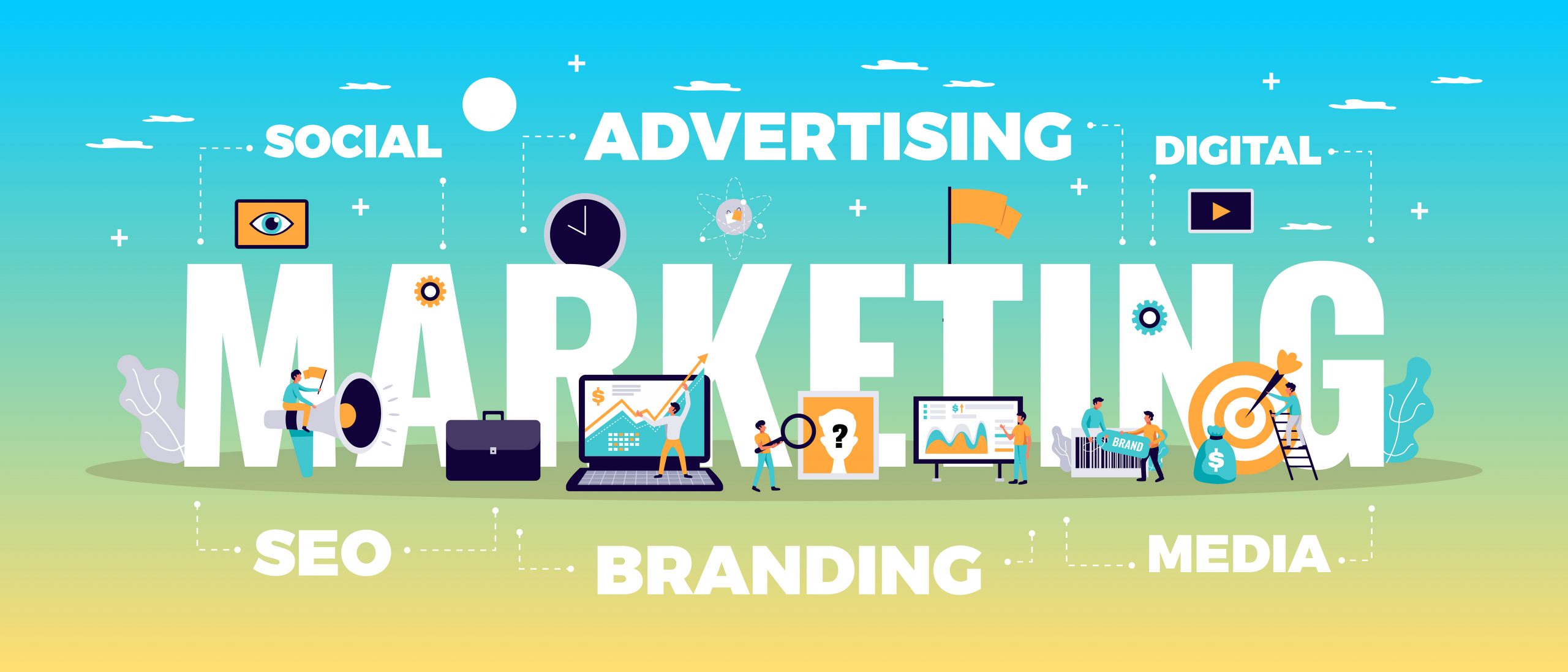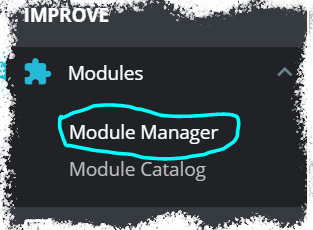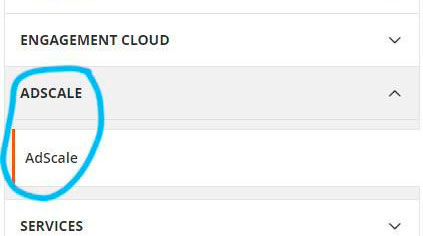Competitor analysis is an essential part of any business’s marketing because every enterprise operates in a competitive market. And to form a strategy, you need to take into account the specifics of the product or service and understand those external factors that directly or indirectly affect the company’s development.
The e-commerce market is growing from year to year – strong players are strengthening their positions, and there are more and more new ones. The boom in marketplaces around the world is stimulating the active development of the market, creating new user experiences and expectations from online shopping. At the same time, many market participants cannot withstand the competition and fade out, losing in price competition for the buyer. According to a 2019 study, 46% of e-commerce businesses rate their level of competition in the marketplace as very tough. Only 1% said their business is out of the competition!
If you are not one of the latter, then almost any competitor is just a click away from you. Therefore, before entering the e-commerce market, you really should pay attention to one of such priority tasks as competitor analysis before the fight. Even when you don’t see your competitors, that doesn’t mean they don’t exist. Read our article to the end, and we guarantee that you will discover new knowledge that will help you achieve success in your online business.
In this article, you will find answers to such important questions as:
- Why do competitor research?
- What are the stages of systemic competitor analysis?
- What conclusions can be drawn from the collected data and how to take them into account when developing an online store?
Why Is Competitor Analysis In E-commerce Needed?

It is strange that the competitor analysis is still not part of every marketing strategy because if you use it in various online stores, it will help to:
- Realize a unique selling proposition (USP) and differentiate yourself from your opponents, or at least, not be inferior to them.
- Determine your competitors’ internet marketing strategy. Know top traffic sources and marketing budget.
- Create a budget for advertising campaigns that is not divorced from reality and initially focus on those channels and tools that the competitor pays special attention to.
- Analyze the functional features of competitors’ sites, identify weaknesses and determine a roadmap for the development of your site
- To probe the assortment and pricing policy.
Most developers do competitor analysis when developing a website, and rightly so. But the process itself is chaotic:
- Analyzed are those whom the customer indicated as competitors in brief.
- Or those whose interface the UX designer liked.
- The analysis does not take place in the context of all competitors at once.
First, with such a non-systematic approach, there is a high risk of being wrong. It is not a fact that the solutions used on the selected sites are correct. Secondly, it is quite difficult to assess the competitor advantages and form your USP, identify patterns in the interface and cover all the functional features of the competitors’ online store. But this article describes a process where all risks are minimized, and it sets priorities in the roadmap for the successful functional development of the project.
What does a correct competitor analysis consist of?
Since we set ourselves the task of developing a competitive online store and predicting possible ways of developing functionality, our competitor analysis contains the following basic stages:
- Sources of traffic
- Usability of the site
- The selling component of the platform
- Content
- Website technical optimization
But before that, you should first think of finding competitors for analysis using the tips below.
Identifying Key Competitors In E-commerce

It is necessary to select competitors based on different marketing characteristics. One of the most important is the “target audience and their needs”. This characteristic is refined based on the questions:
- Whether your products/services are aimed at the same audience as the offers of this competitor?
- Whether the products/services of the competing company solve the same needs that you are solving?
- Do members of your audience meet the products/services of the competitor in question when looking for ways to meet their needs?
If the answer to all questions is yes, then the company is your competitor. It is essential to know that products may differ from each other, but solve similar needs, so you need to consider this stage carefully.
Other criteria are also critical (price/quality ratio, market share, product range, etc.), and it’s okay if you analyze a competitor that is far ahead of you in all respects (that is, choose not quite close). Such an audit will give you a lot of helpful information. The main thing is not to research those who are significantly behind you.
Where to find competitors?
- Survey of employees and target audience. Ask them what competitors they’ve heard of.
- Top search results and contextual advertising. Use basic queries for which customers can search for you. For example, if you have 20 queries, select those companies that have appeared in the search results 4 or more times. It is also important to consider those competitors who hit the top for basic search queries in the shortest time.
- Ratings. Find industry rankings and take the leaderboards. For example, for the query “rating of construction companies”, there are many selections with arguments for the position of companies at the top.
- Search in social networks. Using keywords, you can find popular groups and social media accounts hosted by your competitors.
- Services. Special services will help to simplify the task of finding competitors. Their use allows finding statistics (top positions in search results, page meta tags, visibility, traffic from search, semantics) to reveal the strengths of competitors’ sites.
You should pay special attention to sites with the lowest bounce rate, good pageview depth, and traffic from search and social networks. It is necessary to select from three to five companies from the general list – this is the optimal range for assessment. You can expand this list by adding one company that is larger than you in scale or holds a significant share of the market. You can learn from it an interesting experience.
Analysis Steps For Competitor E-commerce Sites

In our article, there are four main areas which it is better to check:
- Sources of traffic. Particular attention should be paid to the traffic source – the main channel from where rivals get customers; this can be traffic from search results, contextual advertising or referrals from social networks, and so on. You can use Similarweb for this. Thus, you can understand what competitor advertising really works and take this experience into your company. If the main traffic sources are Facebook or Google, then you can use AdScale to create a powerful advertising campaign on these channels to establish new sales options.
- The convenience of use. The first thing you should pay attention to is how the site is arranged, how many pages, sections, and texts it has, and how the content is designed. It is also equally important how simple and intuitive the catalog is, whether the menu is convenient and whether all the necessary sections are included. What matters is how quickly and easily the user can find all the information they are interested in. For example, your competitor is a large furniture store. The client wants to buy a “Sliding wardrobe” and going to the competitor’s website sees a catalog with a convenient and obvious menu; at the necessary section, it is possible to filter goods that have value, photos, characteristics. All these elements are aimed at ensuring that the visitor takes the targeted action.
- The selling component of the site. The main goal of any e-commerce site is to sell. Therefore, it is worth assessing the selling component, which consists of:
- Company’s pricing policy (prices are lower/higher than the market or like everyone else)
- Range of products
- Availability of a guarantee for the goods
- The convenience of contact information
- Availability of different communication methods
- Existence of discounts, bonuses, and other loyalty programs
As a result, you can conclude where you are inferior to them from the client’s point of view and find ideas that need to be implemented in your business.
- Technical optimization check. This stage consists of the analysis of such parameters as page load time, adaptability to mobile devices, broken links, sections, visual elements. Search engine optimization (SEO) also refers to the technical side of websites. Seeking sites for search engines allows you to get more traffic, and therefore leads. The main SEO parameters are positions in search results, phrases for ranking competitors, reference mass. Thus, you will receive information about the technical optimization of competitors. And also a list of shortcomings in your site that need to be corrected.
In addition to these critical parameters of competitor analysis, there is another one called content, which is of great importance for attracting the target audience of a competitor. Let’s take a closer look at it.
Content For A Selling E-commerce Site
Content is a key element of a selling site, whether it is a description of the services provided or an overview of a product. The content should be clear and exciting for the user. Firstly, it is worth checking the text on the main page and the pages of categories of goods or services. Pay attention to:
- The point. What is the meaning of the text? What is trying to convey to the visitor? Put yourself in the client’s shoes and evaluate how beneficial this text can be for them. This way, you can discover the correct way of writing articles.
- The quality of the text. The quality of the text is assessed by the excellent uniqueness of the text and its volume. Look at the number of characters in the texts of competitors, and it will be optimal to identify the average value and stick to it. However, you should beware of texts with useless, redundant, and insignificant information. Also, pay attention to the text style- this is how succinctly the text is written. If competitors have low-quality content, you still need to improve your texts. Thus, you can turn them to your advantage.
- The presence of pictures and videos. Empty text is of little interest to visitors. Pictures, infographics, and videos increase audience engagement and retention. Even if your competitors do not use media content, use it for yourself, and you will benefit.
- Structure. It is always more pleasant to read the text divided into paragraphs, with bulleted lists, without very long sentences and a single narrative logic; this can be called taking care of the reader. So, it is recommended to use it in any text.
As a result, you will receive a list of improvements for your content, which is best written down in a table convenient for you. Also, pay attention to whether the companies have a blog, what, and how they write. Part of the traffic received from information requests can convert.
Undeniably, internet marketing skills are required to conduct a good audit. The most vital step in competitor analysis in e-commerce is to draw the correct conclusions and highlight good ideas. Whatever your personal feelings, and no matter how objectively you try to approach the assessment, there are statistics, the psychology of human behavior, and other wisdom. In addition, the amount of experience and knowledge may not be enough to identify all the disadvantages, to look deeper than a confusing text about delivery terms. But if you succeed, you can achieve only more. Knowledge in the classical marketing field, presentation of the market situation, and experience will help you determine your strategy for developing your business on the internet. All this together makes it possible to complete the analysis and achieve the goal correctly. And for maximum results, all you need is the perfect advertising to beat any competitor. Use our helpful bits of advice and AdScale to help propel your business to new heights!
FAQ
Each e-commerce competitor has its strengths and weaknesses, but these can be easily identified with the correct analysis.
The main goal of competitor analysis of any industry or market is to obtain sufficient information about the strengths and weaknesses of a competitor, their strategy, intentions, and opportunities to improve the effectiveness of their own actions, both in sales and advertising.
The value of competitor information is great because it allows for more systematic and representative market data in relation to consumer research. In this way, the forecasting of future technology/product market trends can be improved.
A competitor analysis should include a detailed study of the activities of the main players in the industry, starting with price analysis, advertising, assortment, and ending with a detailed SWOT analysis of competitors.
























 ,
,